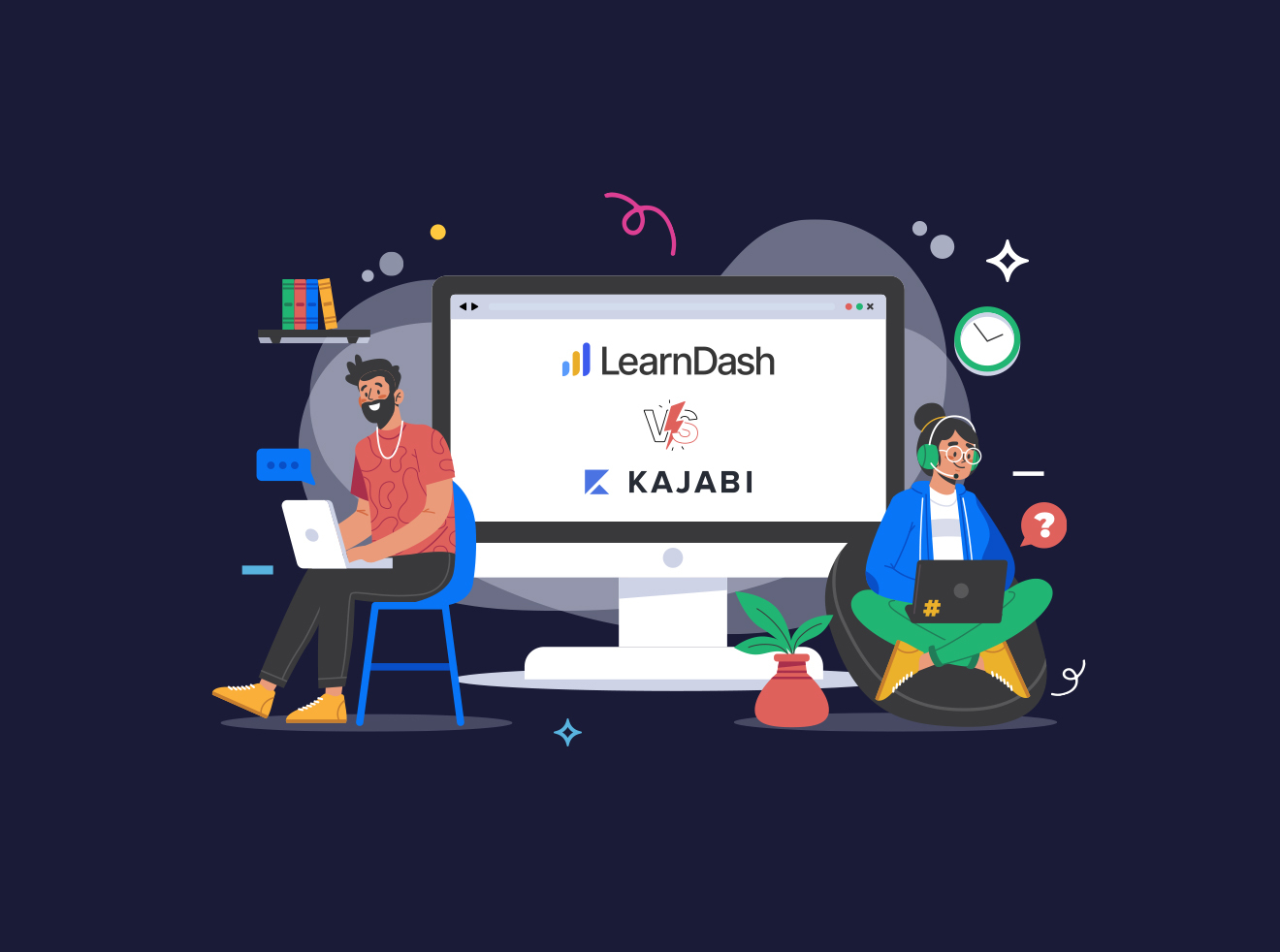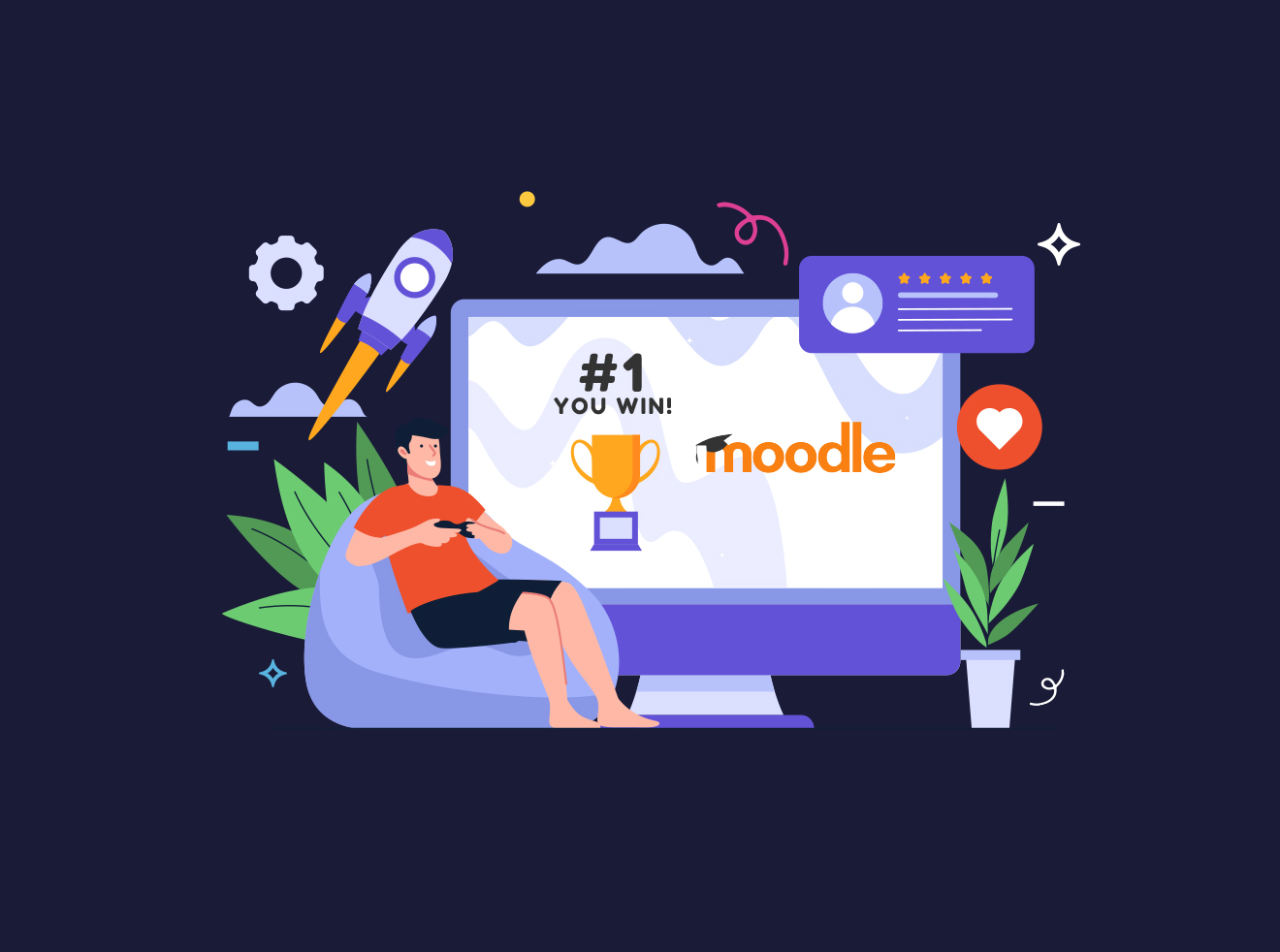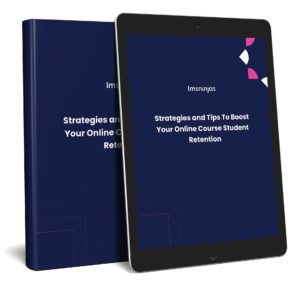As the environment and student’s needs continue to evolve, elearning technologies have become a crucial part of the education system. Methodologies and course structures are continuously modernized, implementing digital tools, to enhance the learning experience for students across all levels.
As a result, we’ve seen many changes implemented by education providers worldwide, including the rise of blended learning. Blended learning provides students the best of both worlds: the proven advantages of in-person classroom education as well as the accessibility and convenience of e-learning platforms.
If you are interested in learning more about blended learning, how it works and the benefits it can provide to your students, keep on reading. In this guide our LMS experts will explore all the basics of Blended Learning and introduce you to different ways to implement blended learning to your e-learning site.
What Is Blended Learning?
Blended learning combines elements of traditional in-person learning with the innovative features of elearning solutions. This approach allows educators to provide students the benefits of both learning models, closely monitoring their students and personally interacting with them, while also allowing them to pace their own learning and conveniently access learning resources.
While those teaching a remote community of students might be unable to apply this learning, those able to work, at least partially, with students in a real-life setting can experience great benefits from a blended learning experience, where some learning happens online and some learning happens in the classroom.
Advantages of Blended Learning
Blended learning allows you to deliver students a better learning experience combining the best aspects of in-person and online education. Here are some of the benefits of this educational model:
- Students can move through courses somewhat independently, accessing course materials on-the-go and at their own pace.
- Engagement increases by allowing students to experience a real-life classroom environment interacting with instructors and other students.
- Costs are reduced as classroom and material expenses are reduced. Unlike real life training, lectures and resources can also be reused for several student groups and school terms when delivered online, helping you make the most out of your investment.
- Increase your students’ results by providing them with a variety of tools that adapt to all preferences and needs, with a perfect balance of independent and structured/supervised learning.
- Instructors can efficiently spend classroom time resolving questions, doubts and problem-solving with their students, while delivering content and lectures online.
LMS Features That Support Blended Learning
If you are looking at several LMS options to build a website that can support a blended learning curriculum, here are some features to look out for:
On Demand Content
If you are looking to implement a mix of face-to-face and online learning, you’ll need a LMS to deliver content to your students online. From an elearning site you can share video lectures, audio files and other learning resources to your students, allowing them to conveniently access course materials anywhere, anytime.
Live Streaming and Webinars
Webinar and live sessions allow your students to interact directly with other students and instructors, allowing you to host discussions and answer questions in real time, as one would do in a traditional classroom.
Consolidation
Your elearning site should connect the in-person portion of your courses with its online components. For example, your students should be able to sign up for offline classes or events, while keeping track of attendance, grades and assignments delivered offline in the online platform.
Assignments and Evaluations
Your learning platform should allow you to give your students assignments and test their knowledge offline, while keeping track of the grades obtained by students from assignments and evaluations that are completed in person.
Online Certificates
An LMS that allows you to award online certificates will help you provide your students with digital, easy-to-share and verifiable proof of course completion, used to validate their skills and knowledge.
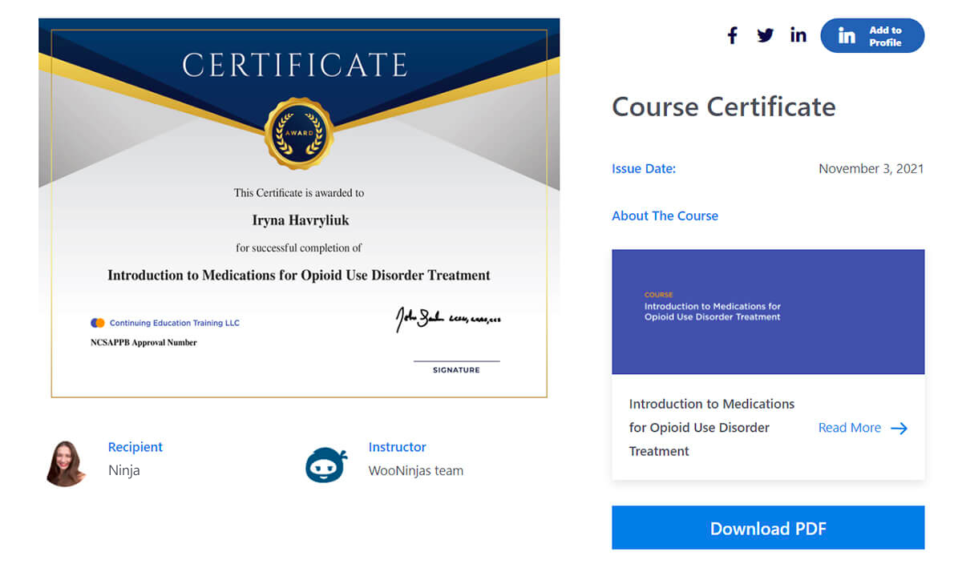
Reporting
The advantage of online learning over offline learning is that it allows you to gather precise data about students’ activity and performance and generate insightful reports. To get the most out of blended learning, we recommend working with an LMS with reporting capabilities that will help you better understand your students and their needs. For example, LearnDash LMS provides educators with many reporting possibilities, with many LearnDash reporting add-ons available.
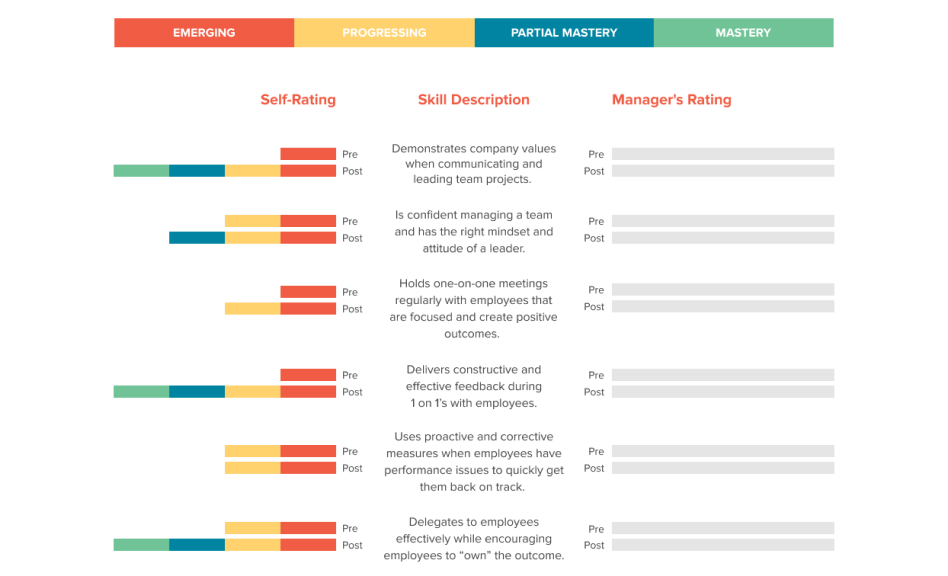
Blended Learning
Blended learning LMS should enable you to deliver content and work with students online while providing and keeping track of your offline sessions. Selecting an LMS with extensive features that allow you to deliver a good learning experience online while connecting your site to the offline section of your course. For example, you can deliver an in-person certification program in person, while using an LMS to deliver the final exam and assignment uploads and award a digital certificate of completion.
If you are looking to reap the benefits of blended learning but don’t know where to get started, don’t hesitate to reach out to our LMS consultants. We can help you select the best LMS to build your site and customize its features to fit your requirements.

